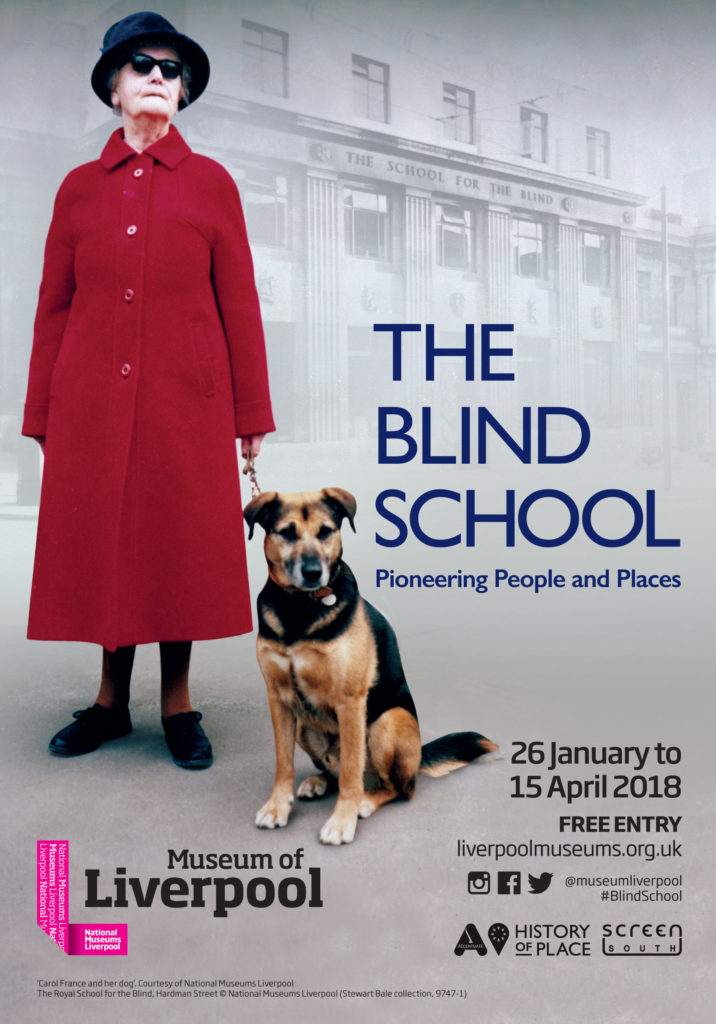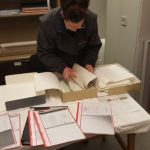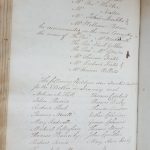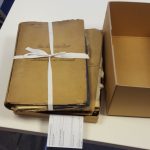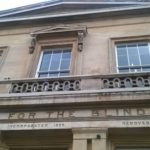The history of UK’s first school for blind people
Personal stories and objects reveal the history of the UK’s first school for blind people, in a new exhibition to be staged at the Museum of Liverpool.
Founded in 1791, Liverpool’s Royal School for the Blind, in particular its buildings and the everyday lives of students, is central to The Blind School: Pioneering People and Places, running at the Museum of Liverpool from 26th January until 15th April 2018.
Unique objects, accessible interpretation
The exhibition features unique objects from the Museum’s own collection alongside loans, personal stories and a film made in partnership with visually impaired and blind students from St Vincent’s School for Sensory Impairment, West Derby. It highlights accessible interpretation including audio description, BSL and multisensory features.
It is estimated today that there are one billion disabled people in the world. Yet the history of deaf and disabled people continues to be overlooked, despite their stories being intrinsic to the environments we live in and around every day. The exhibition explores what the architectural legacy of the School can reveal about the lives of those connected with it.
Edward Rushton, abolitionist and blind founder of the School
The Liverpool Blind School was founded by the blind abolitionist and human rights campaigner Edward Rushton, along with a number of his blind and sighted associates.
Rushton had first hand experience of slavery through working on slave ships. His compassion for, and proximity to enslaved people led him to contract a disease which cost him his sight. As a result of his experiences of blindness and poverty and realising the poor treatment and life chances of many less wealthy blind people, he founded the school to offer training and skills.
Strict rules, beautiful craftwork
The exhibition gives us a moving insight into the daily lives of the pupils, the strict rules that they had to follow, how they crafted superb objects for sale and their leisure pursuits. The exhibition also considers how although learning trades enabled students to earn a living this sometimes replaced the basic education they were entitled to.
Central to the story are the three purpose-built buildings that housed the school during its history and how changing attitudes reflected the changing architecture to meet the needs of pupils.
Kay Jones, Curator of Urban Community History said:
“We are proud to be working with History of Place on this exhibition. The story of Liverpool’s Royal School for the Blind is not only a fascinating local story but has a much broader relevance too. The School has been through many changes and this exhibition draws on these to reflect changing attitudes in society.
“This remarkable, pioneering school was set up in Liverpool by blind and sighted individuals. As only the second school of its kind in the world, it led the way in educating and empowering blind people. It has changed hundreds of people’s lives in its almost 300 year history, and continues to do so.”
Esther Fox, Head of the Accentuate Programme said:
“Our History of Place project has been working with communities across the country to shine a spotlight on 800 years of history, specifically telling the stories of deaf and disabled people. Our exhibitions hosted by our partner museums represent a fantastic opportunity to showcase artefacts which have not been seen before as well as push the boundaries as to what we mean by making exhibitions accessible. Disabled people have been at the heart of the research process, along with the design and creation of the exhibition, this leads to a much richer and more authentic experience.”
www.liverpoolmuseums.org.uk/blindschool
#BlindSchool









